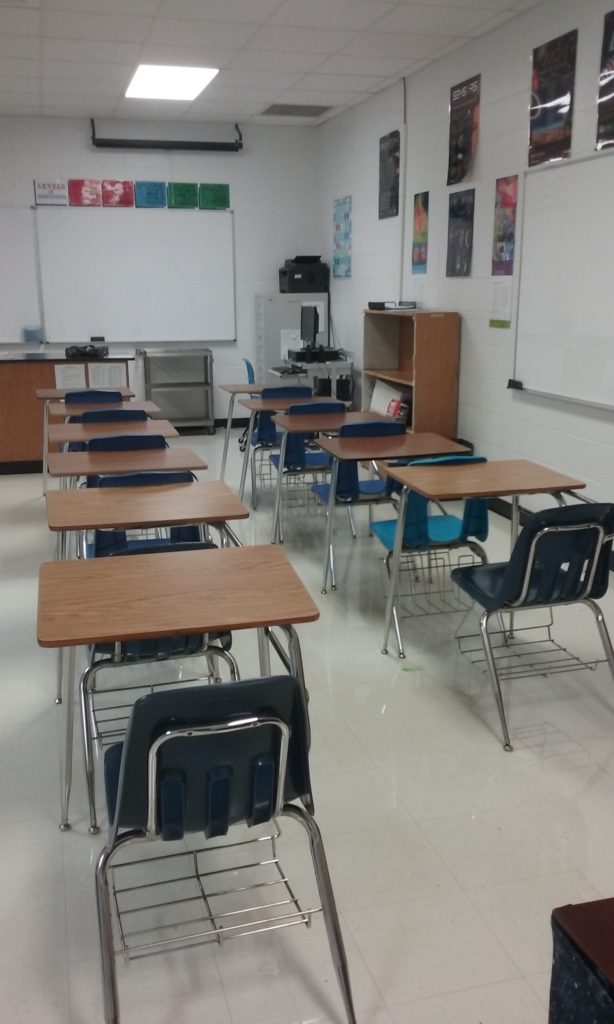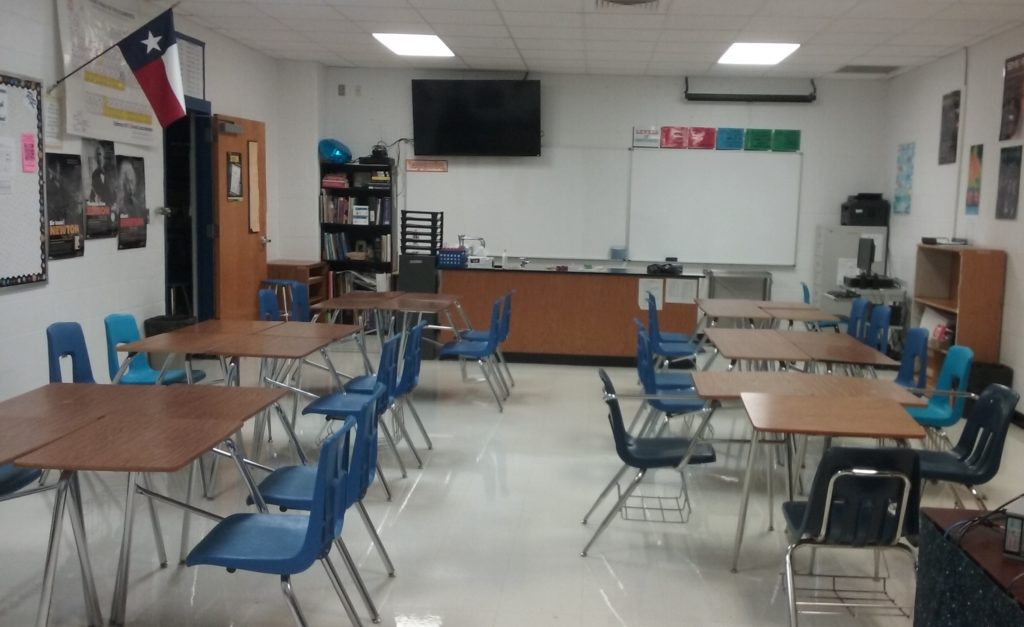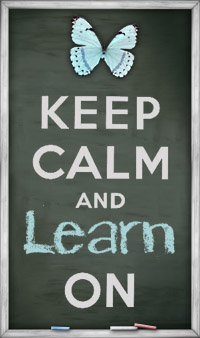Before

My classroom is long and narrow and in previous years, it has been set up as a traditional class. This was becoming a problem for me with my class sizes and the amount of space left over to do activities. I encourage group work during the students independent work time but his was becoming a problem for students to group together with my traditional style classroom. So I decided to change up, the layout of my class.
Now
I went through several initial ideas but they did not seem to work or at least work in the way that I had imagined. The amount of usable space in my classroom was a big challenge for me. I wanted something that allowed for small group work, activities, and learning stations, but also allowed students to be comfortable in the room. I looked at several ideas on Pinterest about flexible-seating classrooms and loved the general idea. The only problem, I don’t have the time to search for the items or the money, even if you find the items at resale shops or garage sales. Temporarily, I have my room set up like this.

I am happy with it but will have to see how it functions once we get back to school. I showed it to my administrators who really liked the change. I will be looking at getting tables to replace the groups of desks if the set-up is functional. Fingers crossed…maybe I will be getting different furniture soon to help make my classroom more flexible and inviting for my students.



